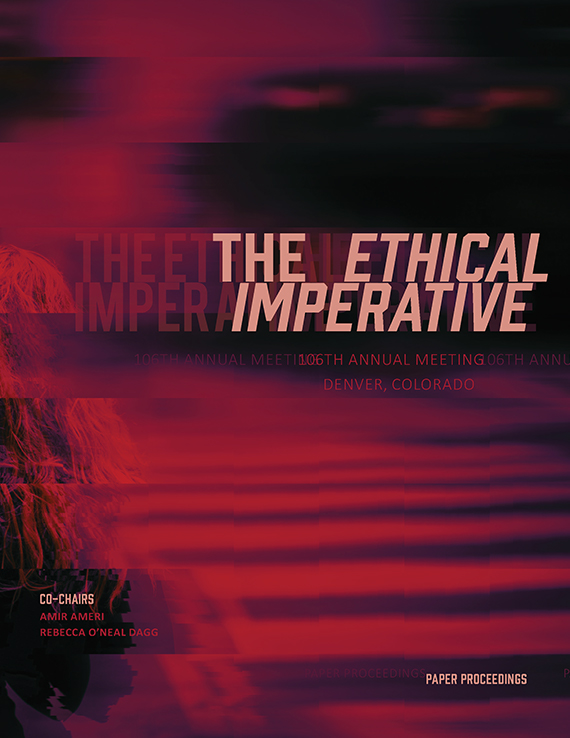Author(s): Sekou Cooke & Nadia M. Anderson
Post-Modernist juggernauts, “The New York Five” (Peter Eisenman, Michael Graves, Charles Gwathmey, John Hejduk, and Richard Meier), captured the attention of architectural theorists for many years after the CASE group (Conference of Architects for the Study of the Environment) first discussed their work at the Museum of Modern Art in 1969. Their redirection of the functionalism introduced by early Modernist a half-century before, toward more formalist methods of producing architecture, dominated discourse within the discipline for the rest of the 1900s. Extensive use of purist geometries and surface materials earned them, and others exuding similar operational tendencies (including Colin Rowe and Kenneth Frampton), the nickname “The Whites,” setting off a pseudo-rivalry with other less puritanical practitioners, such as Robert Venturi, Robert Stern, and Vincent Scully, contrastingly dubbed “The Grays.” Debates about their ideologies and methodologies were so compelling that another half-century later theorists like Emanuela Giudice continue to reference them. Giudice’s admission that “the debate that elapsed between the “Whites” and “Grays” showed the need to re-establish … a discipline devoid of identity…” is the most damning indictment of the entire Post-Modern movement.
https://doi.org/10.35483/ACSA.AM.106.17
Volume Editors
Amir Ameri & Rebecca O'Neal Dagg
ISBN
978-1-944214-15-9

 Study Architecture
Study Architecture  ProPEL
ProPEL 
